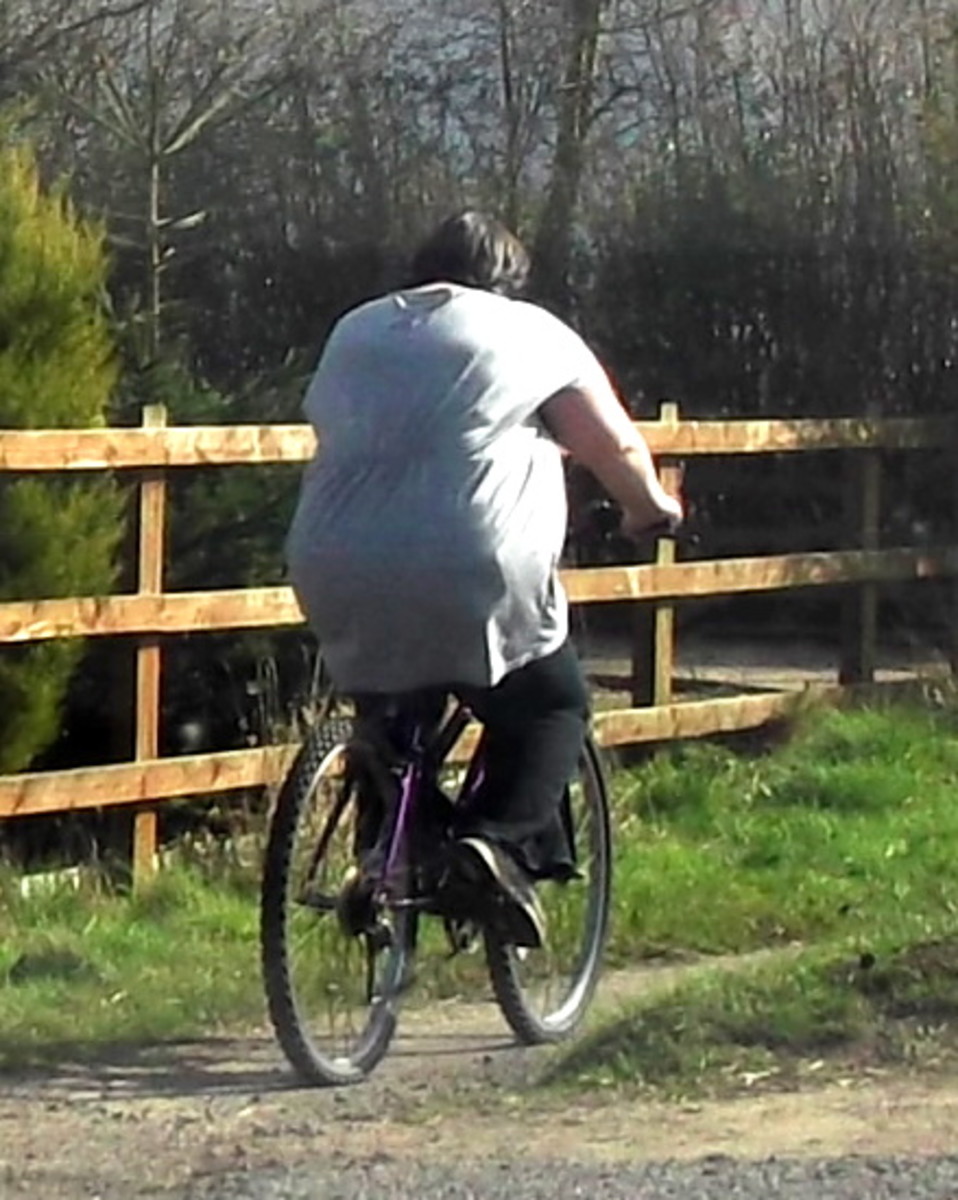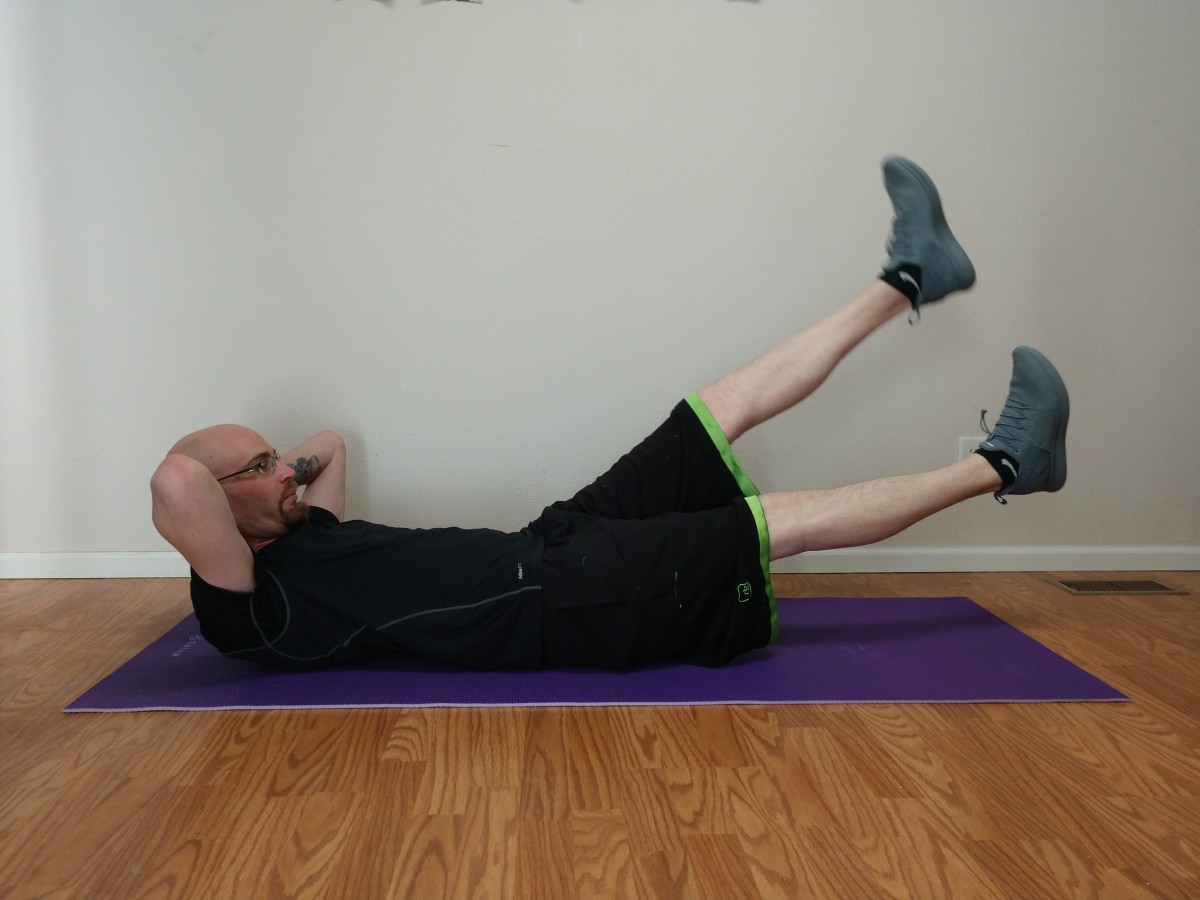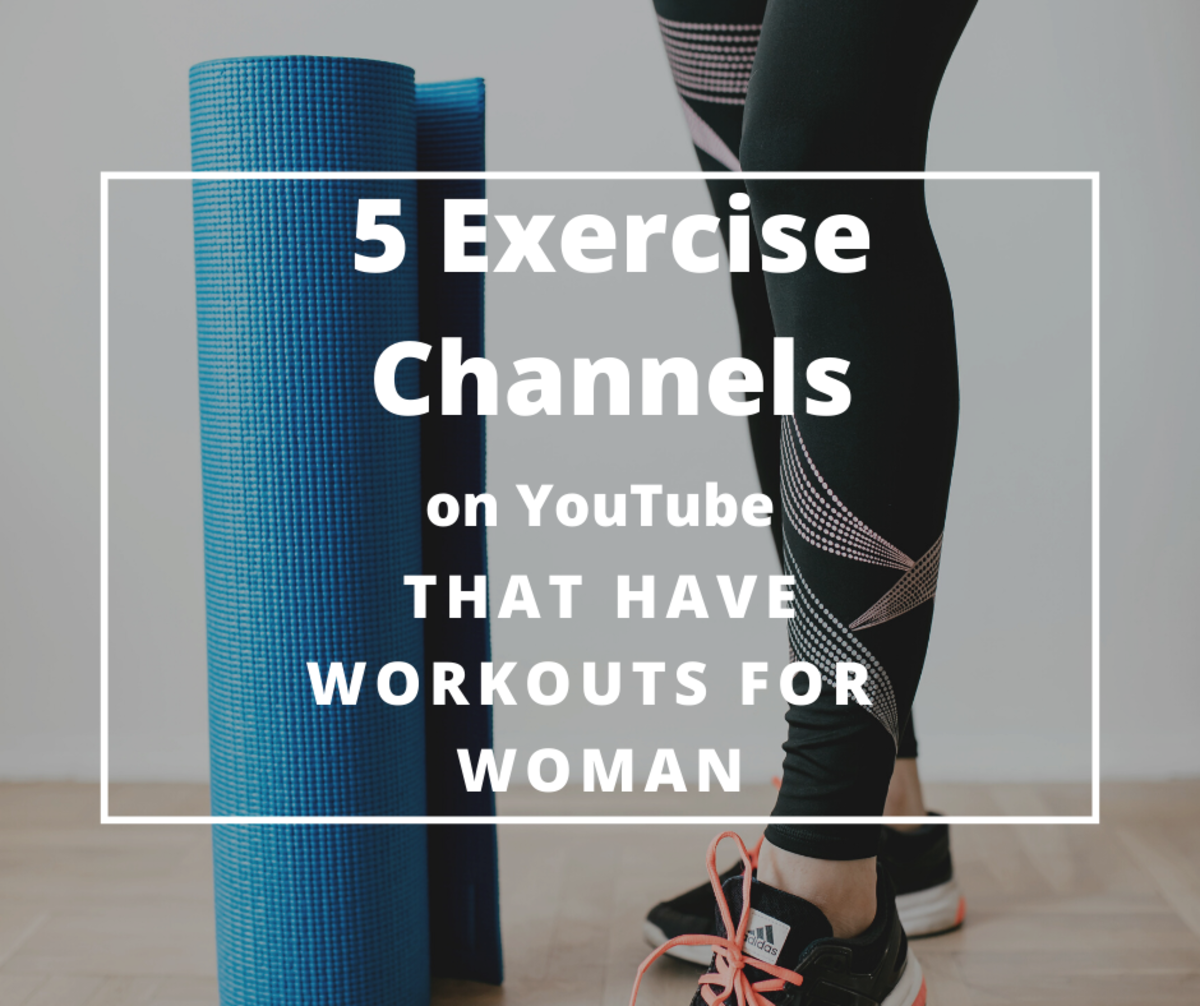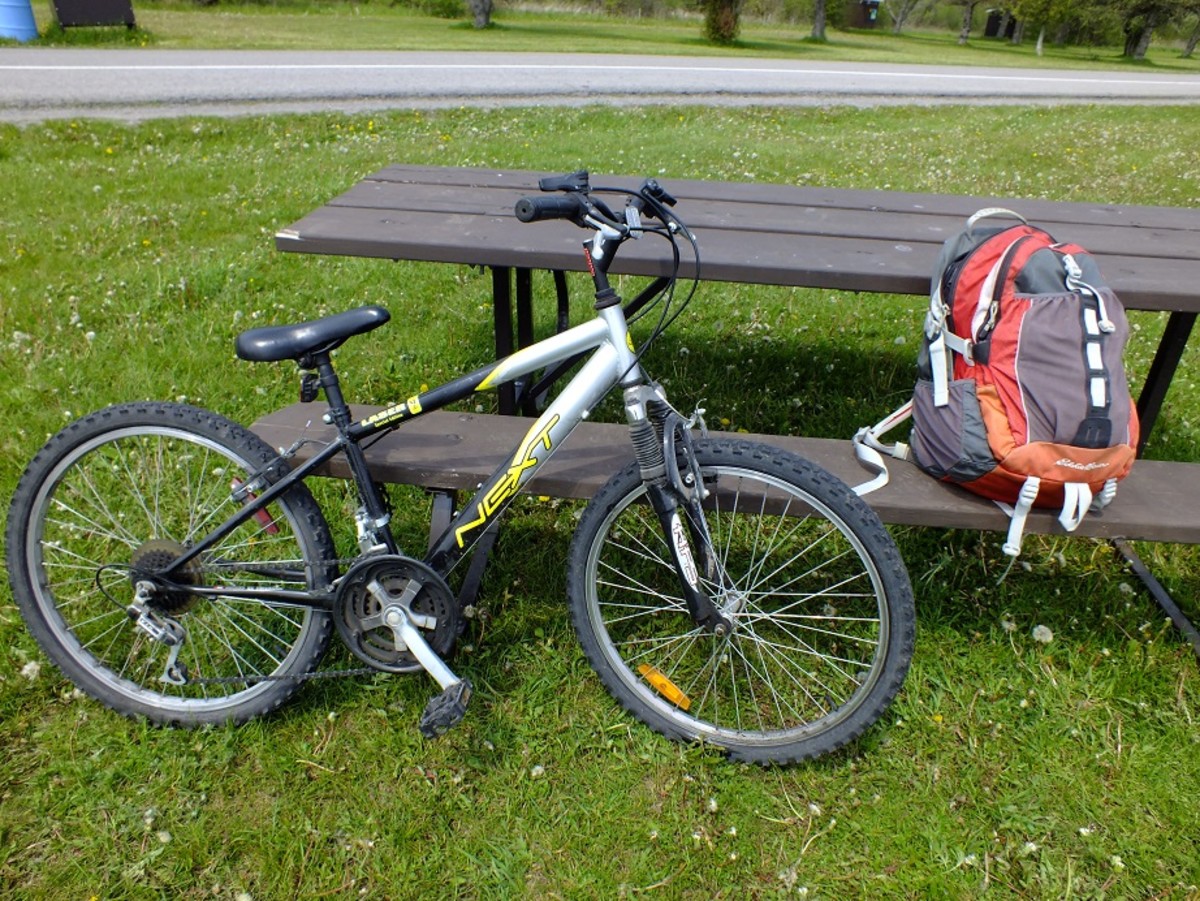Introduction to Functional Exercise
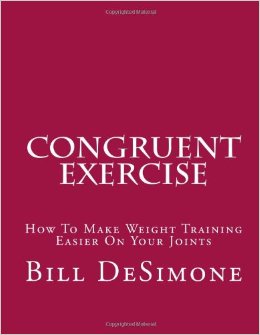
Getting started with Congruent and functional exercise
I have written before some about High Intensity training here: http://www.squidoo.com/high-intensity-training-101 and here: http://www.squidoo.com/high-intensity-training-for-the-metabolically-dysfunctional and will likely write about it more in the future and on similar topics.
While a lot of this will be devoted to High Intensity Training, it will cover much more than that. I've been doing high intensity training for close to 5 years, while dealing with chronic health conditions (although the past few months I've been on break). I have also worked on incorporating exercise such as walking daily (or on my days off). I choose to use the terms "congruent" and "functional" exercise for a number of reasons.
Misinformation and confusion is a big one, when you commonly mention "High Intensity Training" everyone has their own idea or definition of what it is. Also doing congruent and functional exercise will not overly exert your body (especially for those with chronic health conditions) and will not cause injury. For me personally and those that actually know what they are talking about its Exercise philosophy and methodology started by Arthur Jones and bodybuilders Ray and Mike Mentzer (in the 60's and 70's and some even before) and continues to this day with pioneers such as Drew Baye, Doug Mcguff and John Little.
While I am not an expert in High Intensity training I am very familiar with it and know more than most. It doesn't require a big requirement of time and/or energy and can be done once/twice a week or biweekly.
Walking on days you don't work is important as well, especially for those that are often sedentary on their days off, has a number of health benefits. Strength training should be the basis and foundation of all your exercise though as it has a number of benefits hard to come by with other traditional "Cardiovascular" exercises.
If you work at a sedentary or desk job (like an office job), try to work in walking on days you work as well.
The ideas for this functional/congruent exercise came from a variety of sources such as Chris Kresser, 21 Convention, Doug Mcguff, Andrew Little, Drew Baye, and Bill De Simone.
Congruent Exercise by Bill DeSimone

Inov-8 F-Lite™ 195 Trainer Shoe

What exercise(s) do you do?
What kind of exercise (or do for fun) do you partake in?
Body by Science: A Research Based Program for Strength Training, Body building, and Complete Fitness in 12 Minutes a Week by John Little and Dr. Doug Mcguff

The Big 5 Workout
The Body By Science Question and Answer Book by Dr. Doug Mcguff and John Little


Daily Walking as exercise
I honestly had a naturopathic physician tell me to walk daily for about an hour (or about 10,000 steps) a day and it took me about a year or two until I started reading Chris Kresser's book "Your Personal Paleo Code" (who I've met in person), that I started walking daily.
I try to walk on days that I don't work since my job as a cook is a fairly active job on my feet. If your in a sedentary/desk job such as an office position (or work from home) try to work in an hour of walking as well, or even setting up a treadmill at your desk.
Walking will counteract the effects of sitting for many hours at a time, even if you are fairly active if you sit a lot of the time it can still negatively impact your health. I often go hiking in nature, and use minimalist shoes/footwear such as Vibram fivefingers or vibram soled shoes.
I also wear minimalist footwear when I am doing strength training as it can help develop the muscles in your feet, lower legs, help with balance and can help with lower back pain as well (take it slow and only wear on natural surfaces, not man-made surfaces such as concrete on on the street).
You can track your daily walking with either a pedometer or by keeping track of the time and walking for about an hour.
Even a small amount such as 20-30 minutes a day should be helpful. You can also split it up into segments as well.
Personal Paleo Code The 3-Step Plan to Lose Weight, Reverse Disease, and Stay Fit and Healthy for Life by Chris Kresser


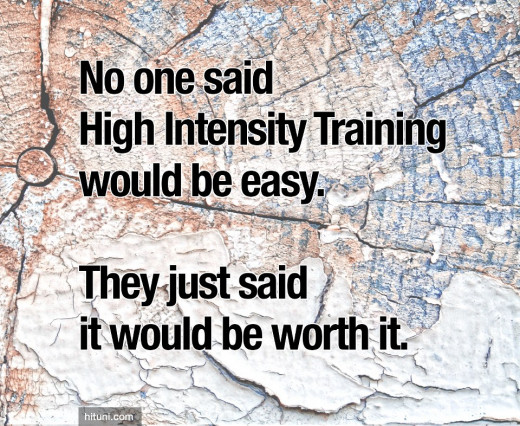
Common exercise and strength training misconceptions
There are a plethora of common exercise and strength training misconceptions I have either seen or heard Its hard to even begin or know where to start off. It doesn't help that the health and fitness industry is often trying to make a quick buck and is full of misleading claims and false information it confuses about everyone. Many doctors and health professionals and even shows such as Dr. Oz contribute to it as well (some of the information he has on there is useful but a lot of it isn't).
Many exercises claim to increase strength or tone your body in this way or that (which is BS!). For the most part everyone gains muscle about the same way. While some exercises may increase strength to some small degree, there is only one, true proven way to increase muscle and that is to stress the muscles as much as possible in a safe, efficient and congruent manner via strength training.
Crossfit is a good example of exercise gone wrong. Its fairly close to high intensity training (brief, intense and safe), but is done way too fast (and unsafely) which with bodyweight exercises and exercises with weights can possibly lead to injury. In crossfit you commonly see trainers or trainees jerking weights, or doing jerky bodyweight movements. There is a great potential for injury when doing crossfit.
Women are often misled and think that they will be able to gain a massive amount of muscle from doing strength training. Unless you have a rare genetic mutation (even rarer among women) you will likely not gain much muscle. Muscle is largely dependent on testosterone which women are very low in (unless supplemented with, such as with steroids which I would avoid).
What is more likely is that women will generally be able to gain some muscle and be really toned but nowhere near the level of muscular development that men can attain (not to be sexist its based on physiological differences between the sexes).
Another common misconception is that you can determine how your muscles will grow or doing different exercises will develop your muscles differently. Nothing further could be the truth, as the look of your muscles are mostly genetically dependent, and the size and geometry of your muscles. While changing the angle of certain exercises may very slightly alter the look of your muscles its so insignificant as to not even bother with.
A very common misconception is that someone will gain significant muscle without doing strength training. Strength training (even bodyweight exercises to a much less degree) are the only way to gain significant amount of muscle. While doing other exercises such as running and yoga might tone your muscles or gain a small amount of muscle they are not the best methods of gaining muscle and strength. Only if your muscles have completely atrophied (like in The Matrix) will someone gain a lot of muscles from doing anything besides strength training.
Gripmaster Hand Exerciser


Exercise vs hobby/doing it for fun?
Strength training should be the main core of an exercise plan. The other exercise that should be implemented for those that are largely sedentary is walking. Many confuse hobbies and sports they do for exercise. While it can be helpful to engage in activities and hobbies to remain being active they should be separate from exercise.
One could also be better conditioned for sports and hobbies by taking a more "functional conditioning" approach (I will likely expand on this in the future). By using less time to exercise by doing functional exercise (a combination of walking and high intensity strength training), it will leave you more time to pursue hobbies, interests (perhaps read more as well to stimulate your mind as well?).
Iron Kettlebells 5-100 lbs. Singles by Body Solid
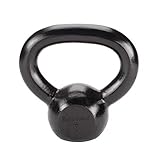
Naturogenix: Natural Supplements and Therapies for Chronic Health Conditions
- Naturogenix: Natural Supplements and Therapies for Chronic Conditions
Natural and oragnic supplements and therapies for those dealing with chronic health conditions such as mthfr, methylation defects, detoxification defects, thyroid issues (hypothyroidism and hyperthyroidism), adrenal fatigue, chronic fatigue syndrome
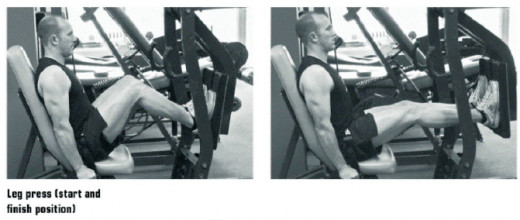
Strength training as the core of your exercise plan
Strength training by and large is the best way to produce the most beneficial and adaptive response to exercise. Especially when done correctly and efficiently in short, intense bursts. Significant muscular development (and strength development) will only come about from high intensity strength training exercises.
Typically someone should only have to work perhaps once (or twice) a week to get significant gains from doing strength training. Doing strength training exercises that engage big muscle groups (such as the "Big Five" exercises) is a much more better use of time, ending with 1 or 2 isolation exercises to stimulate muscles not quite developed or developing enough.
High intensity training is NOT doing sprints or running until you cannot breathe anymore. This is an example of cardiovascular burnout and not necessarily pushing your muscles but your cardiovascular system to the max.
Vibram FiveFingers KMD Sport LS Shoes - Men's

Kettlebells for training
- Product: First Place Competition Kettlebells
First Place Competition Kettlebells are competition style kettlebells made from a steel shell (not iron) with an unpainted, sanded handle.
Vivobarefoot Men's Ultra Pure Shoe




